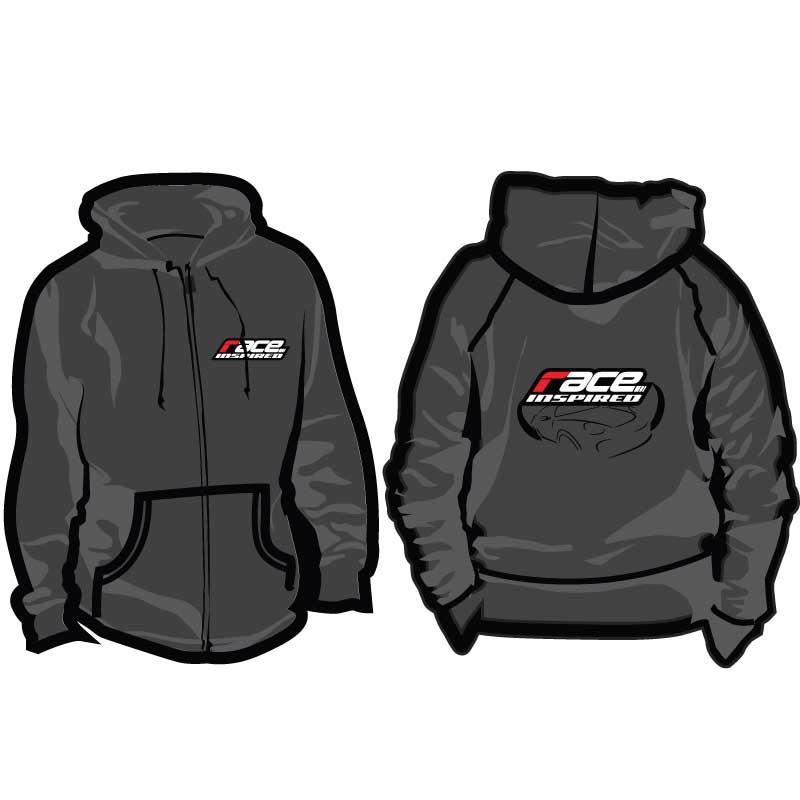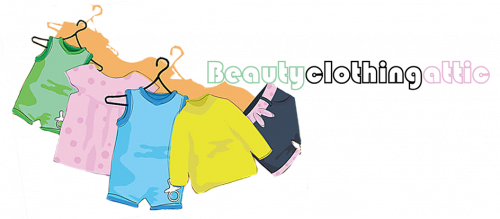Clothing design is an art and science, as it requires great technical, creative and aesthetic sense. Fashion design is an umbrella term, which includes designing clothes and accessories. Designing clothes involves defining patterns, colours, styles, fabrics, textures, proportions, proportionate lines, and how these can be coordinated in a harmonious and complimentary way to create attractive and fashionable clothes that meet the current fashion trends. There are different approaches used for clothes design. Some of these methods include traditional designs, new techniques, collaborative designs, functional designs, machine embroidery, computer aided design and futurist designs. Clothing design is an art and science, as it requires great technical, creative and aesthetic sense. Fashion design is an umbrella term, which includes designing clothes and accessories. Designing clothes involves defining patterns, colours, styles, fabrics, textures, proportions, proportionate lines, and how these can be coordinated in a harmonious and complimentary way to create attractive and fashionable clothes that meet the current fashion trends. There are different approaches used for clothes design. Some of these methods include traditional designs, new techniques, collaborative designs, functional designs, machine embroidery, computer aided design and futurist designs.

Fashion design is concerned with the study of clothes, material and structure. It also takes into consideration how these are manufactured, how they are designed, and what is the cost of manufacturing them. The history of clothing design dates back to the 15th century, when it was developed as an attempt to increase mobility and improve living standards. Fashions were first recorded in written documents from that time. Fashion design is affected by various global trends and culture, and varies over the period and geographical location.
The history of clothing design began to evolve when garment makers developed better methods of getting the fabric and other components of a garment to have a perfect, lustrous appearance. This was achieved by the development of the tailoring needle, a device that controlled the length of the fabric. With this device, garment manufacturers were able to alter the fabric to make it longer or shorter, according to their needs. The tailoring needle made possible a much more uniform appearance of the fabric, which was desired by many textile manufacturers, textile designers and textile artisans.
In the past, garment tailors had to rely on the personal skills of the seamstress, and these people had to be specialized, usually within a family business. As times changed, the textile industry became much more organized and uniform. Improvement in technology made it possible for clothing manufacturers to use machinery to create a larger number of pieces of uniform cloth. With this new equipment, clothing designers were able to customize their designs. The uniform design process resulted in the production of better clothing.
Clothing design has become a necessary part of our everyday lives. It is practiced not only by clothing manufacturers but also by fashion designers who select fabrics, colors and patterns for everyday clothing items such as shirts, jeans and blouses. Most clothing manufacturers are aware of the need for appropriate clothing design for today's consumer, which is why they often offer classes to teach people how to design clothes. Clothing lessons can range from a simple demonstration of different styles and cuts to a more comprehensive fashion workshop, teaching people to use sewing machines and produce custom garments. Many colleges provide clothing design programs in schools and colleges, which students can use to learn how to create and customize clothes.
Patents play an important role in protecting the intellectual property rights of clothing designers. Design patents help prevent competitors from manufacturing or selling similar items that could infringe on a designer's patent rights. Clothing design patents help ensure that the original design is not copied and used by other parties. While protecting the intellectual property rights of other people, patents also give consumers the right to purchase quality clothing items at reasonable prices.
Trademark law is another important area for clothing designers. A unique collection of clothing designs may be protected through a trademark registration with the United States Patent and Trademark Office (USPTO). Clothing with a recognizable appearance or messages related to a particular product can be protected through registered trademarks. USPTO's website provides comprehensive information on trademark law and how to register a trademark.
Technology is changing the way clothes are designed and manufactured. Advances in computer software, printing technologies, and Internet marketing techniques allow people to produce high quality clothing designs and provide customers with high-quality products. Clothing technology includes fabrics, apparel fabrics, accessories, fashion trends, and equipment used during the clothing design process. The goal of any clothing project is to create a first-rate product while adhering to budget requirements. A comprehensive clothing design process starts with a solid understanding of material, fabric, and technology trends and choosing a reliable provider of services.

Leave a Reply